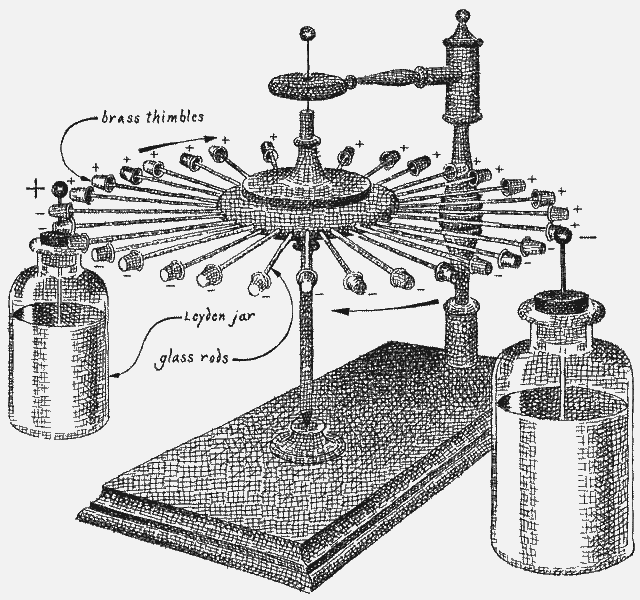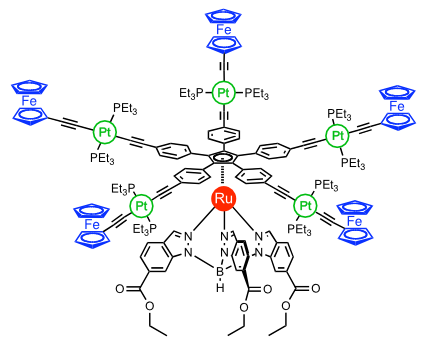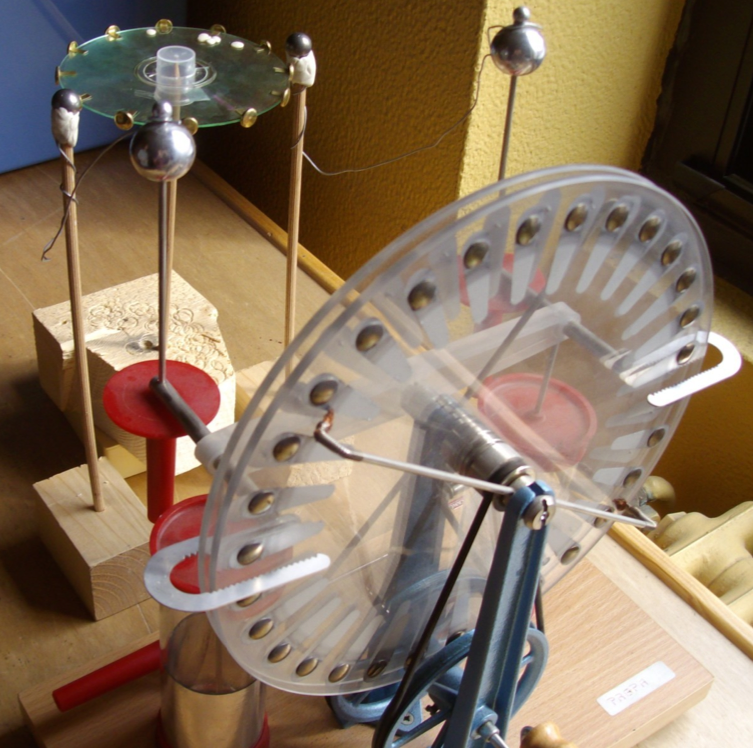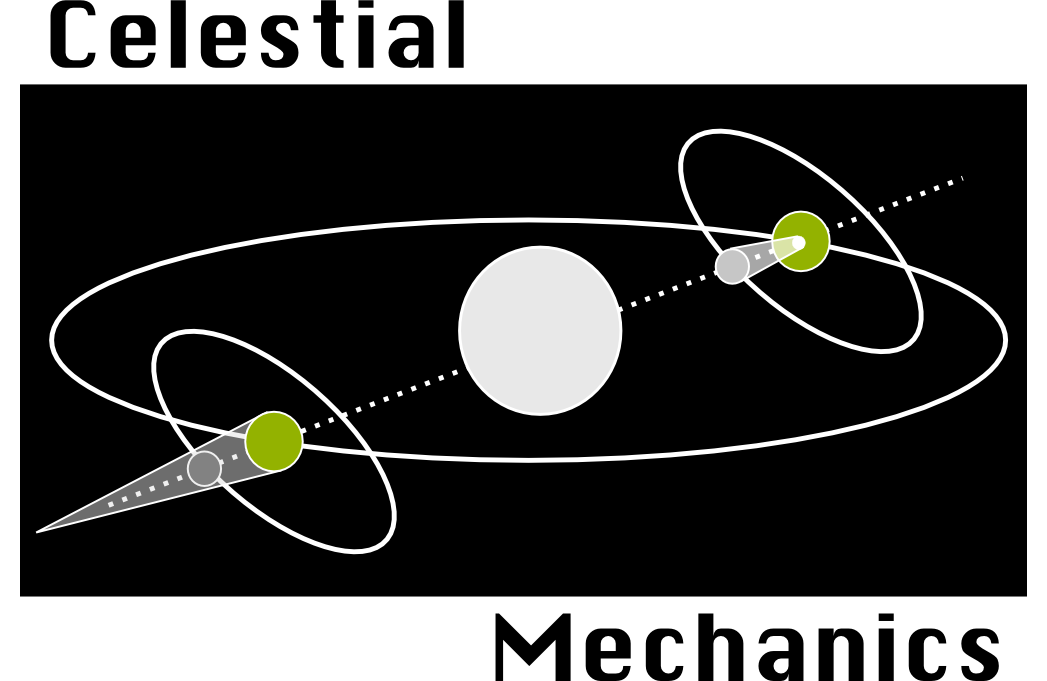Overview
Here is a brief summary of the projects I carried out so far.
I saw quite a lot of people coming to this page because they were looking about things on the same topics (yes, I criticize google but I'm spying on you too, so what?). If you had a look at one of my projects, I would really appreciate it if you could send me a short mail to tell me your thoughts about it, even (and I should say especially) if you have only negative comments!
- 2011:
- 2012:
- Presentation on a molecular actuator
- Computer modeling project on the same actuator
- Report on my undergraduate internship on silver-doped glasses and their applications (in non-linear optics, data storage...)
- Computational chemistry: project on the genotoxicity of diepoxybutane
- Practical work (M1) on tetraphenylporphyrin and its cobalt complex
- Personal projects
Description of the projects
TIPE



This project was carried out during my second year as an undergraduate. It was a part of the exam to enter my current school. I did it together with Karine Mansoulié.
Our goal was to see whether it was possible to model and study roughly a nanosystem based on the study of an equivalent macroscale system. In this case, we looked at a rotary motor design by Pr. Jean-Pierre Launay, Gwénael Rapenne and their team at the CEMES of Toulouse. This motor turned out to be the almost exact replica of Franklin's electrostatic motor (cf: picture above), which allowed us, after make one of our own, to design a computer model that we were then able to adapt to model the basic motion of the molecular motor.
- Download French pdf
- Download English pdf (improved version)
- Download beamer presentation (in english)
Computer science: project

This was the first project of my semester 1 at the ENS Lyon, carried out with Nicolas Havard.
The main goal was to study the stability of many-bodies systems (notably specific configurations of the 3-bodies system) before having a look at the solar system.
The project was realized partly in C (Nicolas Havard) and in C++/Qt for the other part. Our code is a bit lousy concerning the discretization that was made using a fixed time period. However when we saw the problem, it was already too late to fix it. Nevertheless, the effect is almost invisible for systems with low eccentricities, therefore it doesn't really matter for the solar system and most of the configuration of the two-bodies system.
- Download beamer presentation (French)
- Download report (French)
- Download software for Linux, Mac OS or Windows (coming soon)
Presentation: a molecular actuator


This presentation took place during an English colloquium in the ENS Lyon The goal was to study and present an article in english on a chosen subject.
For those interested in molecular machines, this shows an example of what is currently done on this topic, in academic research.
Computational chemistry: a molecular actuator

This modeling project in computational chemistry has been carried out on the same molecular actuator that was described in the previous presentation.
The calculi have been performed using MOPAC, through the Gabedit software. This leads to rather correct trends regarding the molecule's behaviour, despite the uncertainties and the heavy calculi (the chain was very long, hence a number of possible conformations).
Undergraduate internship: Augmented glass for enhanced optical properties and perennial high-density data storage

This two-month research internship (from the beginning of june to the end of july, this year) took place in the ICMCB in Bordeaux (France), in the 3rd Group, Materials for optics
under the supervision of T. Cardinal and Y. Petit. I worked on silver-doped phosphate glasses that display fluorescence properties. They can be photostructured, using lasers, to be used for instance as perennial storage media. Some of the results appearing in my report have not been published yet. For rather obvious reasons, the attached file is therefore not complete (missing areas should be reported by [...]).
Computational chemistry: genotoxicity of diepoxybutane

This very short project is in fact a kind of practical work for the computational chemistry course. Computations have been made using OpenMOPAC via the Gabedit and are aimed at explaining experimental results on DEB genotoxicity.
Practical work (M1): Specific detection of ions thanks to the fluorescence of a H2TPP/CoTPP solution

This project has been conducted over two days of practical work. The goal was to establish a small research project
based on an article and related to teraphenylporphyrin (H2TPP).
With Antton Curutchet, we synthesized H2TPP and it's cobalt complex, CoTPP. We then studied the absorption and fluorescence properties before examining the behaviour of mixt H2TPP/CoTPP solutions. We noticed that CoTPP acts as a quencher towards H2TPP and interacts with some specific anions, which changes its physicochemical properties. We can thus use this system to detect the ions through the study of its fluorescence.
Personal projects
Life! (v. 0.1) A game of Life
coded with Python/PySide
 I made it to get used to Python and PySide (a variation on Qt). The software allows you to play the
I made it to get used to Python and PySide (a variation on Qt). The software allows you to play the game of Life
(a class 4 cellular automaton) and to look at the how changes in the boundary conditions or the birth and life rules can affect the evolution of a configuration. A few examples of interesting configurations are included.
To launch the script using the sources, you will need an installation of Python and Pyside on your computer.
NB: there are still some bugs left (one at the very least), but I don't have time to fix them for now... that'll be for later, in version 0.2 ;)


